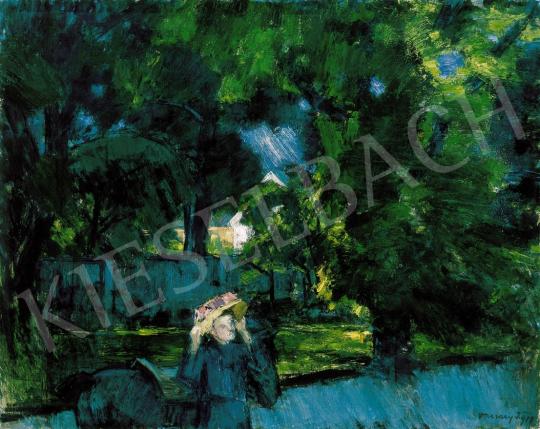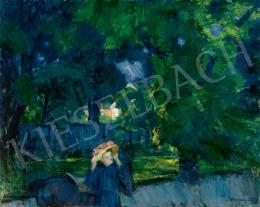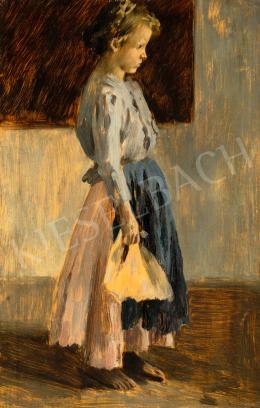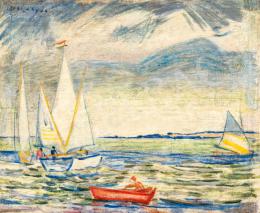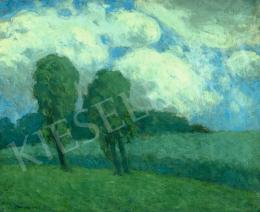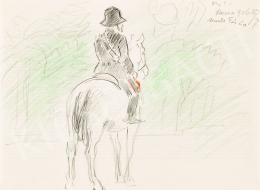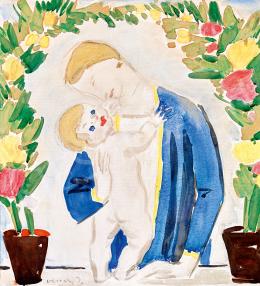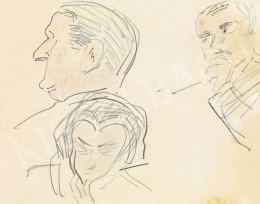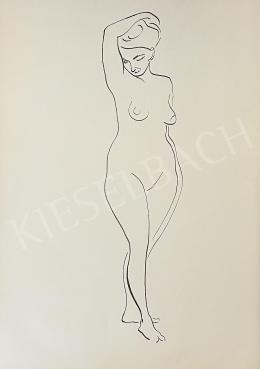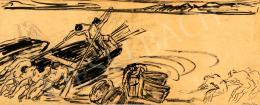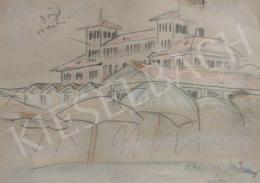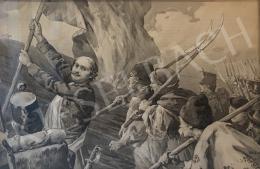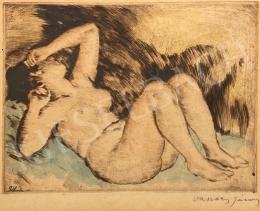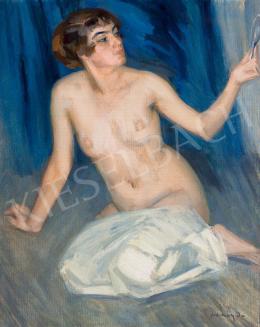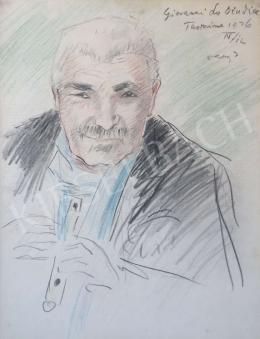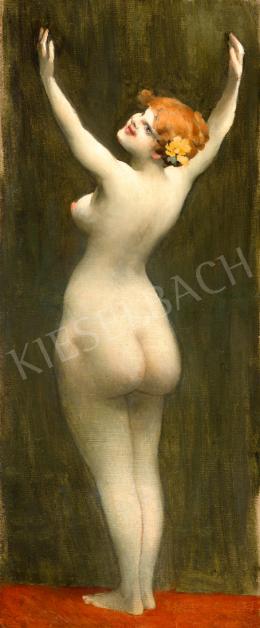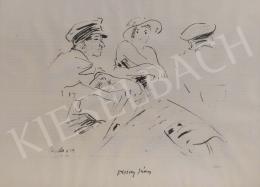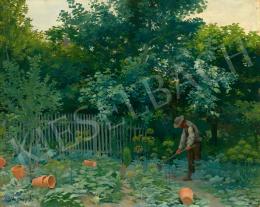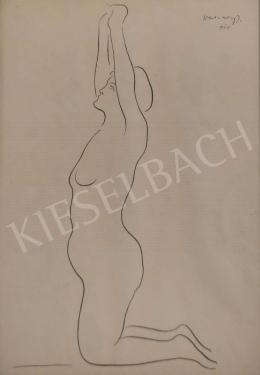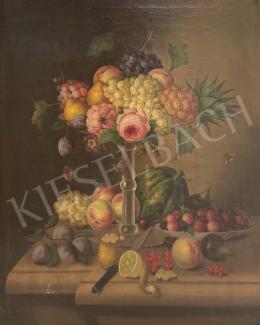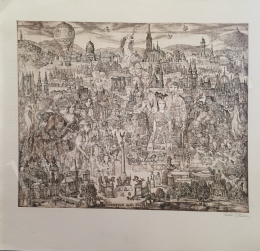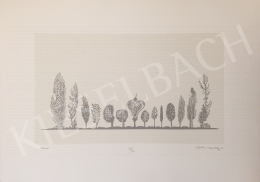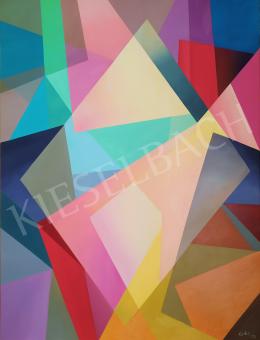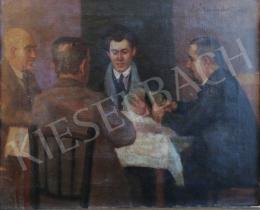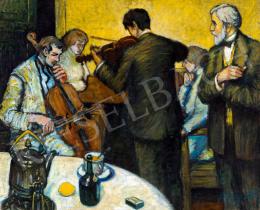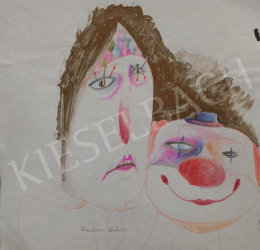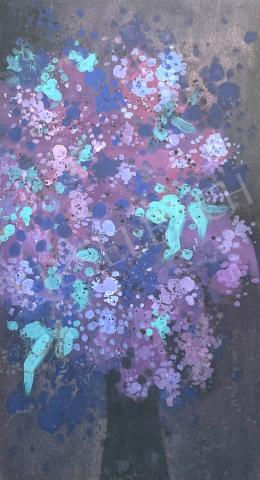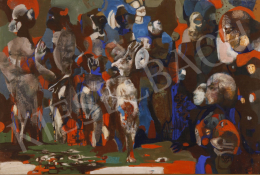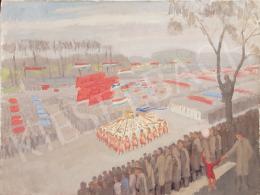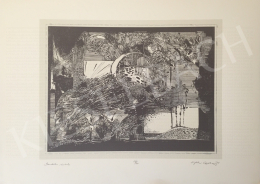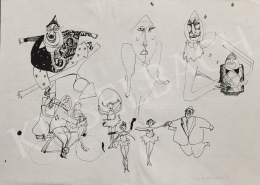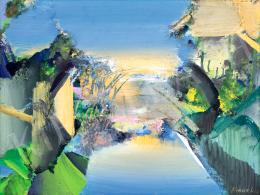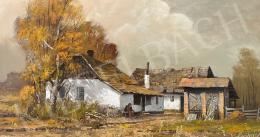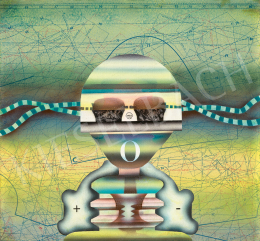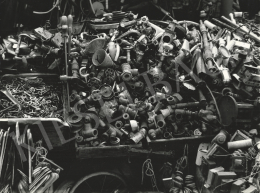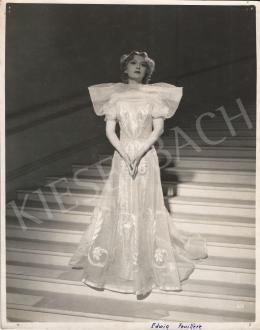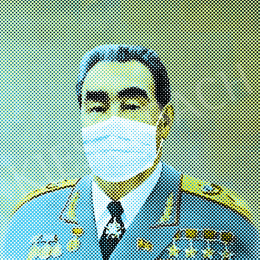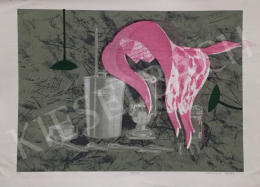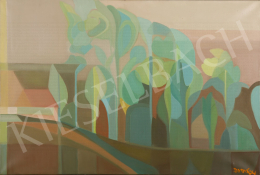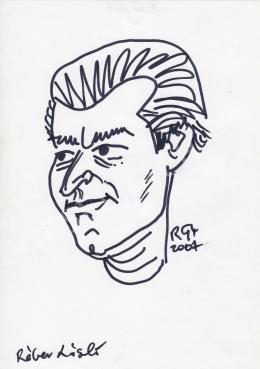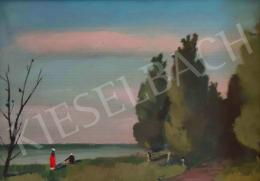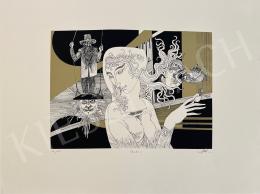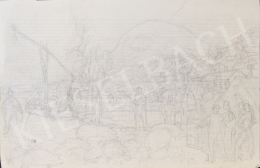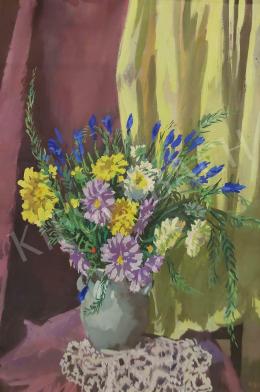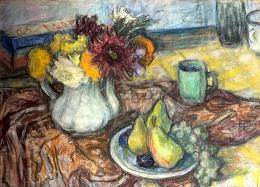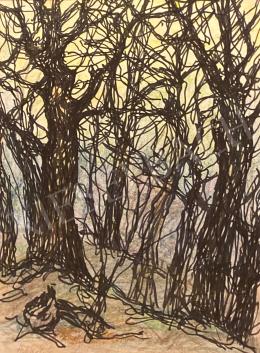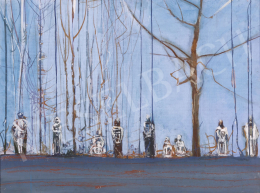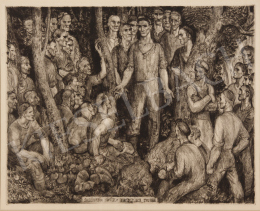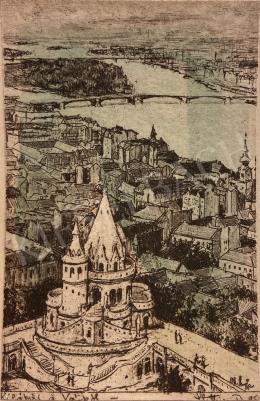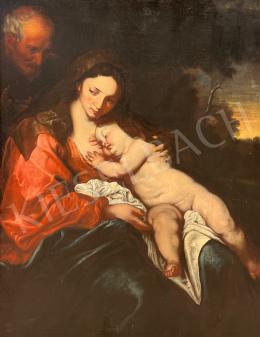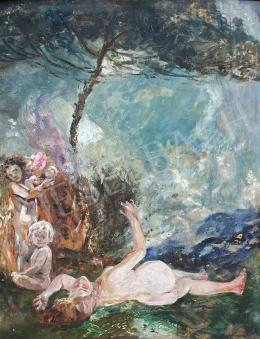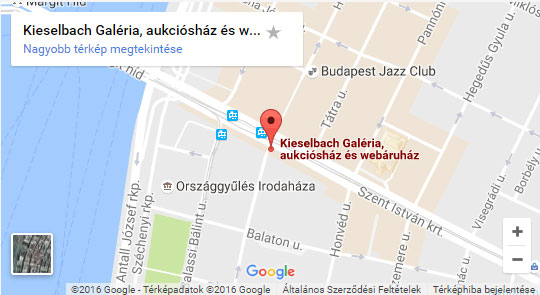EXHIBITED:
Commemorational exhibition of Vaszary János - Gróf Almásy-Teleki Éva Művészeti Intézete (former Ernst Múzeum). 1940. (Presumably: 75. Séta a Parkban)
Commemorational exhibition of Vaszary János - Magyar Nemzeti Galéria, 1961. (Presumably 86. A tatai parkban)
Literature:
Lázár, Béla: Vaszary János. Budapest, 1923.
Bálint, Jenő: Vaszary János művészete. Budapest, 1927.
Vaszary, János. Bev.: Petrovics Elek, Kárpáti Aurél. Budapest, 1941.
Haulisch, Lenke: Vaszary. Budapest, 1978.
Vaszary's late and muture period has an outstanding importance when evaluating the uniqly colourful oevre of the artist. His so-called "paintings with white undercoat" -created in the late one and a half decade of his artistic activity- were great success due to the grace of the formal creation, its movement sweeping along and last but not least its attractive themes.
Vaszary found himself very soon in the center of interest of art collectors as the artist -chronicler of the modern citizen life: his genre-paintings of Budapest, his attractive portraits and canvases recalling the busy , vivid and colourful life of the Mediterranean seaside resorts could be found in the most elegant places of the collections of the upper-middle class forming between the two world wars.
His visual ideas were formed as paintings with grace, unique elagance and virtuosic speed. This rich creative work is the rason for the predomination in the late period of the artist's oeuvre.
Most of the paintings appearing at the auctions illustrate also this period, the master pieces representing the earlier period of his oeuvre are regarded as real rarities. It is a great pleasure that from even this period this collection for sale has a piece of outstanding size and quality.
With the help of this painting in question we can get an overall picture of the eclectic career of Vaszary. The career some phases of which shocked and shocked again his lovers of art and critics because of the unexpected changes in his style.After the works painted in the very early years of his career he came out with the pieces giving evidence of understanding of the formal techniques of Art Nouveau and Impressionism.
Vaszary could not avoid the dilemma of surching and creating of styles at the turn of the century and in the first decades of the 20th c. His exhibition hold in the "Művészház", in 1912 had a great fail among who had expected the logical countinuation of his impressionistic style. He opened with works pushing the colours into the background and setting the stylized forms into logical composition. In these works he tried to use the lesson of the painting of the medieval Italy to create his new form of expression.
In 1919 his next exhibition from his collection, where probably the currently examined painting was on view too, showed a great change as well.
Two important events of the previous years of that time had a significant influence on his art.
In 1913 he went to Munich, later Paris with his wife. In the French capital he was impressed by mainly the painting of Cézanne and the borning analitical and geometrical forms of expression of cubism.
The other important moment of his life was the outbreak of the world war, when he worked as a war-correspondent. His experiences at the front made his painting more dramatic moving him towards a more anxious, hectic way of expression.
Although from 1917 he worked less and less as a war-artist and most of his time spent in his house in Tata, he used this special expressiveness of his style for many years on. It is supported by a series of his paintings depicting horses; the series of which this painting in question is regarded as an attractive example.
Vaszary found this Arcadian theme after the horrible experiences of the war. The park with its rich vegetation embracing the house in Tata created an ideal wings for his elegant horse riders. These works testify the relief of the positive attitude to life of his mainly hedonistic character.
Despite the beauty of the garden, its cool atmosphere and the idyll of the depicted event the stylistic characteristics of forming are full of dramatic and animated elements.
The mostly dark colours give a rather effective base to the light shades coming from the leaves.The subdued blue-green colour scheme and the excited dinamism of the brushwork give the counterpoint of the atmosphere with classical calm of the theme.
Vaszary abandons the inside modelling of the represented motifs. There is no even outline, only colour. However the rythm of the marks built with brushwork using in different directions, the inside, hidden ornamentation of the handling give an exciting tension, dynamism and rhythm even to the smallest part of the painting.
This picture is one of the outstanding pieces of the artist's period so-called" blue undercoat".
For Vaszary the paintings created in the short solitude in Tata after the war scored the real and uniform success and appreciation.
In 1920 he was appointed to a professorship at the Academy of Fine Arts and right he became the top leader of the modern schools, worshipped model of the young art students.






